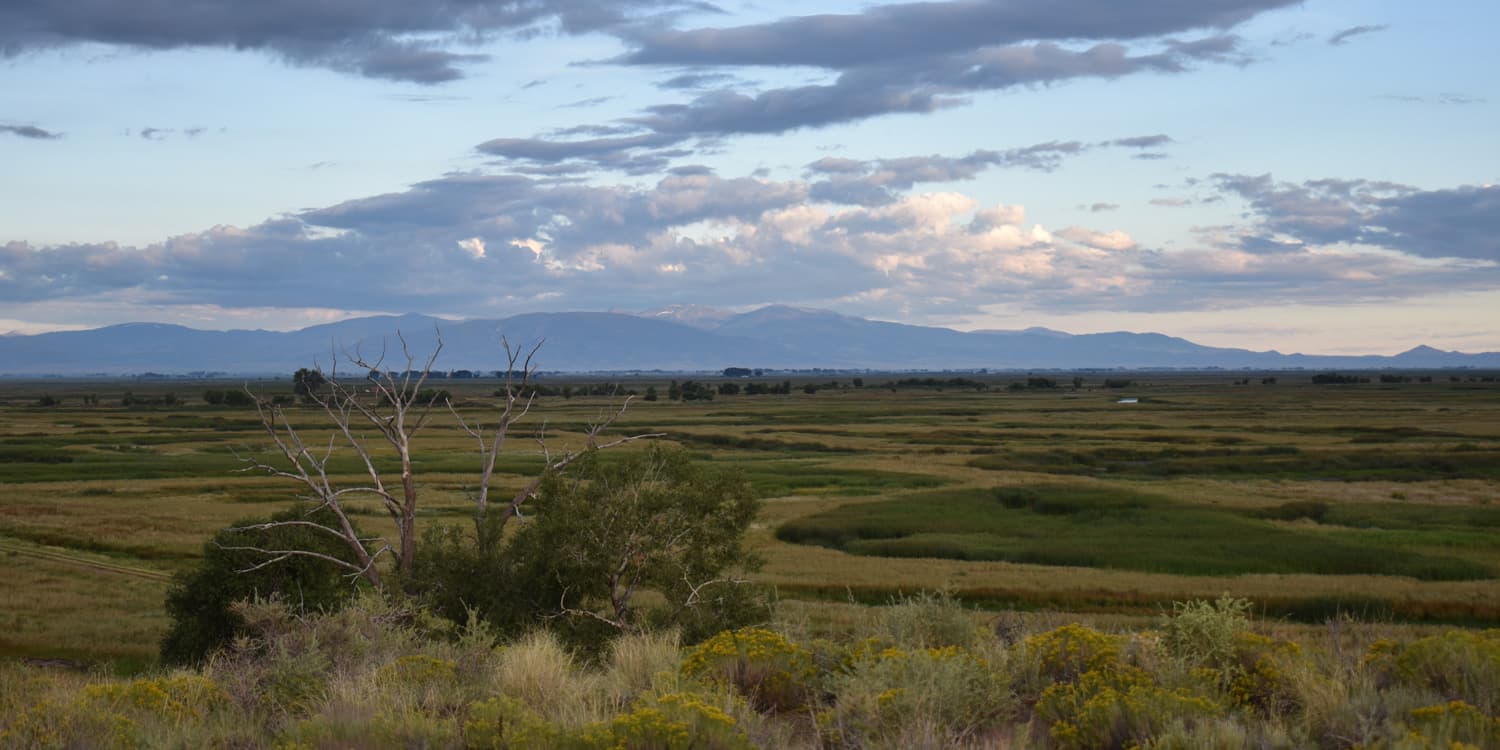The National Science Foundation awarded $1.8 million to Adams State University for a project that aims to transform STEM courses by engaging students as researchers to examine the impacts of grazing on local, rural, public lands.
Adams State’s project, entitled “Enhancing STEM Student Success by Connecting Course-based Undergraduate Research Experiences to the Local Ecology and Community,” will seek to increase student engagement in first- and second-year STEM courses, including biology, chemistry, geosciences and statistics, through collaborative hands-on course-based undergraduate research experiences (CUREs). The interdisciplinary and place-based focus of the CURE project garnered support from the Sangre de Cristo National Heritage Area. Representatives from the Sangre de Cristo National Heritage Area will collaborate with the project by engaging with faculty and the students to bring the local heritage and traditional land use practices of the San Luis Valley into the STEM courses.
Adams State will study grazing on public lands in the San Juan Mountains compared to non-grazed public lands in the Sangre de Cristo Mountains, to quantify the impacts on the ecosystem, including impacts on soil, water, and organisms, said Adams State Biology and Geosciences Chair Benita Brink, Ph.D.
- Benita Brink, Ph.D.
- Christy Miller, Ph.D.
- Kristy L. Duran, Ph.D.
“What’s really cool is it’s going to include nearly all the STEM disciplines,” said Brink, one of three principal investigators on the NSF grant. The other co-principal investigators are Christy Miller, Ph.D., chair of chemistry, computer science and mathematics at Adams State, and Kristy L. Duran, Ph.D., professor of biology at Adams State.
The project will investigate how involving students in original place-based research increases retention and degree completion at a rural Hispanic Service Institution (HSI), and will look at the impacts of a program of peer-mentoring and culturally responsive teaching practices in fostering an inclusive community to promote underrepresented students’ success in STEM.
Brink said the student mentoring aspect of the grant, where juniors and seniors at Adams State will mentor freshmen and sophomores, is another exciting aspect of the project. In addition, the upper-division students will have an opportunity to collaborate with the faculty in developing the CUREs and working as teaching assistants during the laboratory and field sessions.
Adams State’s location in the San Luis Valley was key to the National Science Foundation’s approval of the pilot program. “Located at the center of a geographically and culturally distinct region designated as the Sangre de Cristo National Heritage Area, Adams State will engage 1,300 students in interdisciplinary research based in the rich local context of the high desert San Luis Valley.”
Anticipated project outcomes include increased gateway course pass rates, retention, and higher graduation rates, achieved through greater student engagement, satisfaction, sense of belonging, and early self-identification as scientists.
“There’s evidence that shows when students think like a scientist and work like a scientist, they retain and complete at a higher rate,” said Brink.
The research findings obtained through this project will be valuable not only to the scientific and local community interested in the impacts of grazing, but also for primarily undergraduate institutions and rural HSIs in developing strategies for promoting the retention and STEM degree attainment of low-income and historically underrepresented students. The success of Adams State’s piloted activities will contribute to a rural-model that may inform new strategies at peer institutions inspired by high impact practices such as course-based undergraduate research experiences, expanded cultural relevance in and outside of the classroom, community collaborations, and peer-mentoring designed to improve underrepresented students’ bachelor’s degree completion in STEM.
The NSF award begins October 1, 2019 and ends September 30, 2024.





